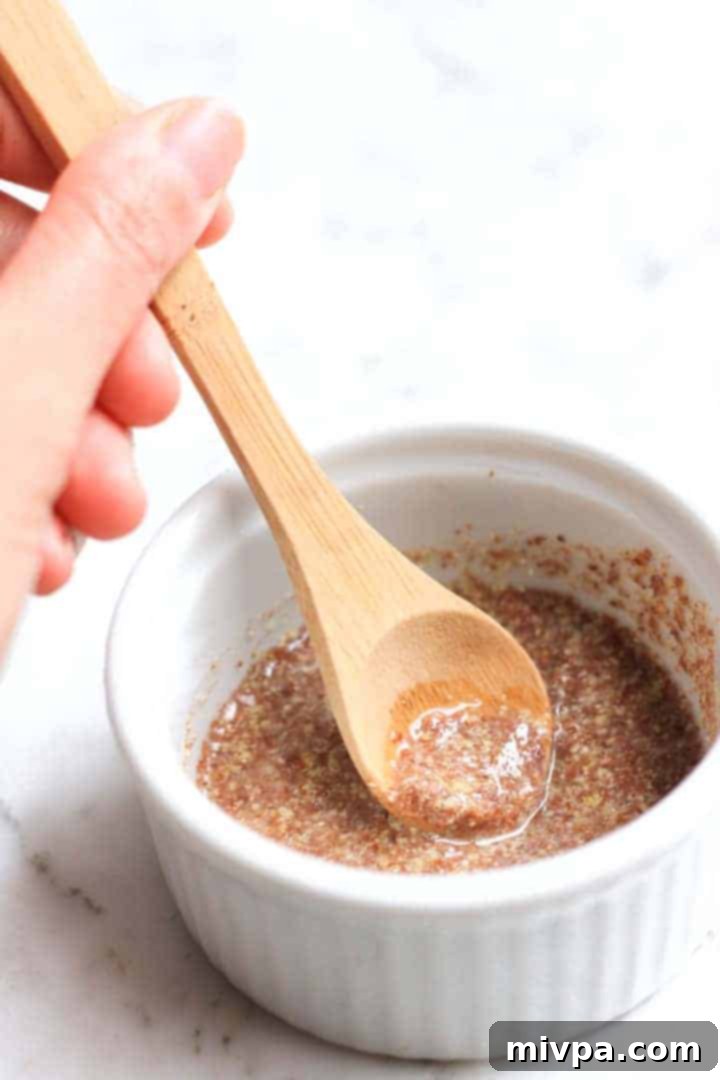The Ultimate Guide to Making and Using Flax Eggs for Egg-Free Recipes
When I first embarked on this culinary blogging adventure in May 2012, my primary motivation was wonderfully simple: to reassure my mum back home in Singapore that her daughter was indeed thriving and, more importantly, *cooking* her own meals. Having recently relocated to Buenos Aires, I’d left my homeland with little to no kitchen experience. I’m quite certain her worries about my sustenance were considerable, and this blog became my digital testament to self-sufficiency, a way to show her I was capable of preparing my own food and surviving quite happily on it.
In those early days, my approach to recipes was uninhibited. I posted every single dish I managed to create, considering it a crucial part of my journey to get better acquainted with the kitchen. Every successful experiment – meaning, every dish that was undeniably edible – earned its place on the blog. Anything that transitioned from my oven or frying pan to my dinner plate was deemed worthy of documentation and exhibition, regardless of its simplicity or aesthetic imperfections.
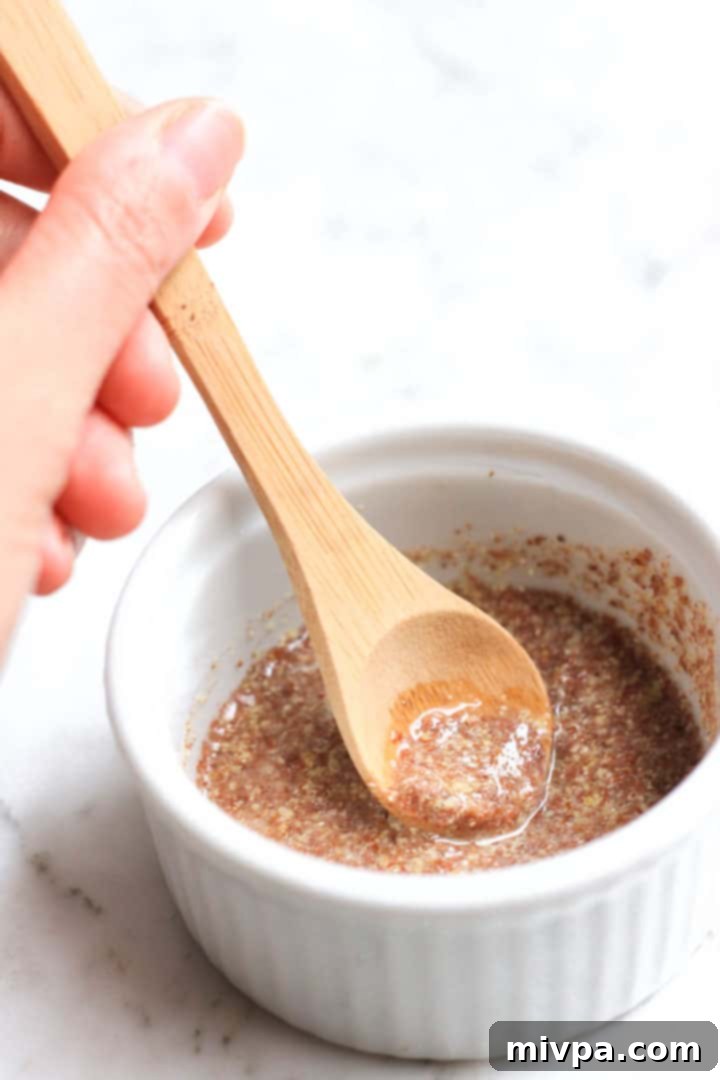
I was utterly captivated by the process of culinary evolution, growing more confident and less intimidated by the space I called my kitchen. My blog, Dish by Dish, truly chronicled my transformation, dish by dish. At that point, every single recipe counted, and there was no particular theme or filter guiding my posts. Everything simply fascinated me. If you’re curious, you can explore my entire unfiltered recipe index from those early days!
The Evolving Kitchen: A Shift to Allergen-Friendly Cooking
However, as life often dictates, my culinary focus gradually shifted over the next few years. While blogging remained a cherished passion, it began to take on a deeper, more personal meaning. Instead of documenting every recipe I tried, I started to narrow down my selection, concentrating specifically on those that were gluten-free and grain-free.
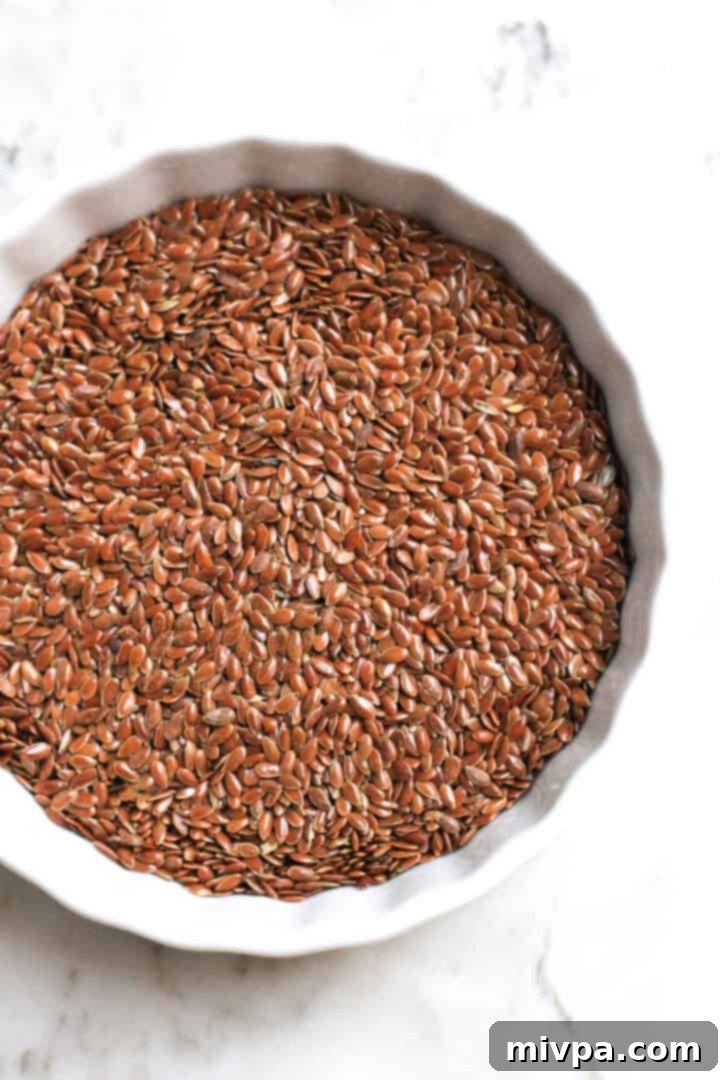
Initially, this was driven by a general desire to eat healthier. But then, life presented us with more specific challenges. When Juan was diagnosed with Celiac disease, and my own mother discovered she had Type II diabetes, my reasons for focusing on special diet recipes became profoundly personal and incredibly urgent. My kitchen became a hub for adapting to these new dietary landscapes, ensuring loved ones could eat safely and deliciously.
Navigating New Dietary Challenges: The Egg-Free Frontier
Just when I thought I had a clear direction for my recipes, another significant hurdle emerged. Two weeks ago, we received news that Juan has multiple food allergies, including eggs, milk, and soy, among others. These allergies are strongly suspected to be the root cause of his persistent, year-long sneezing bouts that started last July and simply never subsided.
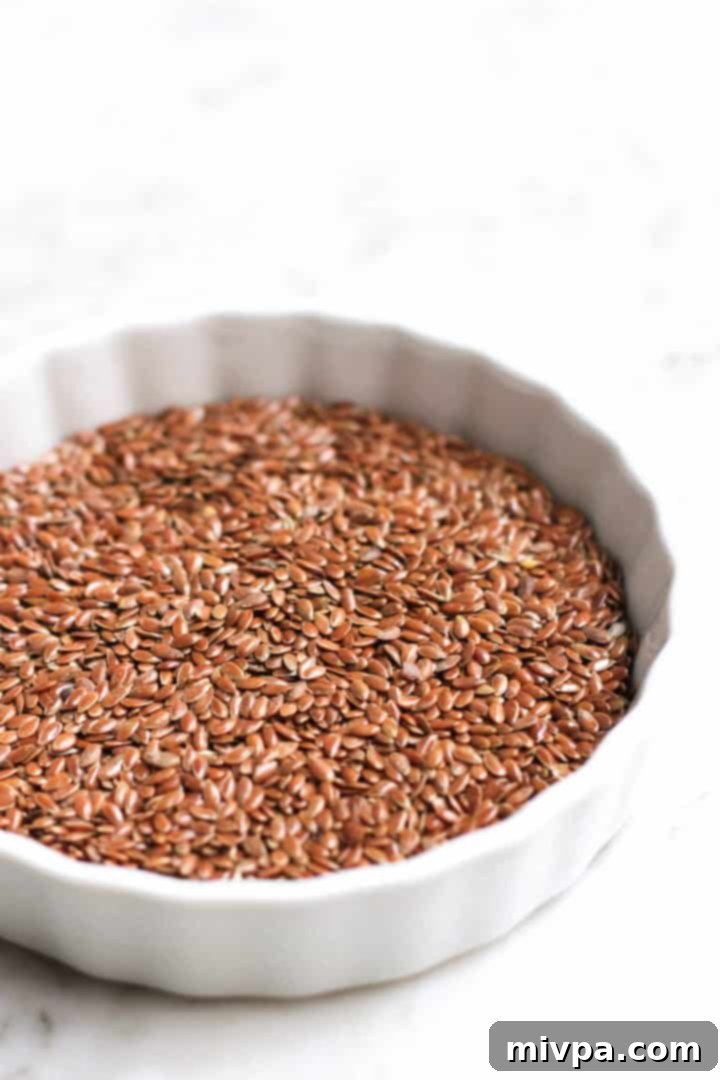
It’s challenging to accept that our diet would need to change yet again. I say “our diet” because, for practicality and enjoyment, it’s far easier to cook one meal for both of us rather than separate meals. However, I also firmly believe that knowledge is power, and acting on the truth of his allergies is a vital step towards achieving better health for us both. This new chapter means learning, adapting, and discovering even more creative ways to cook.
The Complexities of Egg-Free Cooking
As I’ve confessed in my previous post, dealing with so many dietary restrictions can, at times, be incredibly frustrating. A gluten-free diet, which once seemed daunting, now feels like a walk in the park compared to the new challenge of cooking egg-free, dairy-free, and soy-free. This latest obstacle sometimes feels insurmountable, almost like being sent back to kindergarten to learn the ABCs all over again, but in a completely different language of ingredients and techniques.
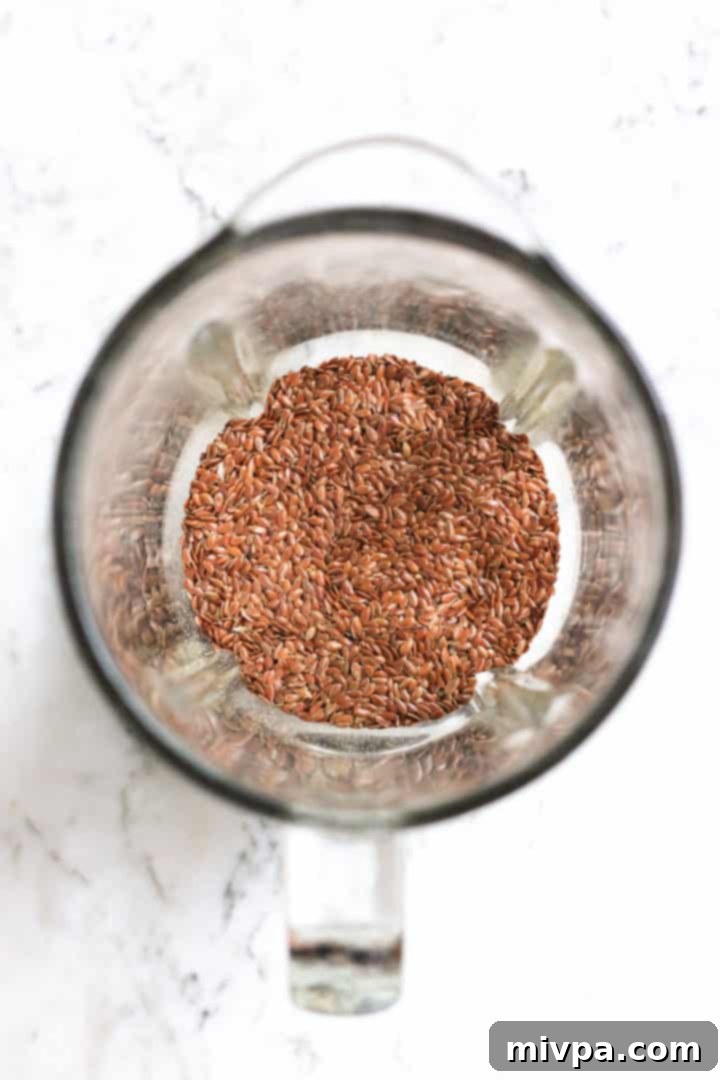
Going dairy-free is generally manageable, thanks to the wide array of non-dairy milk alternatives available today (almond milk, cashew milk, sunflower seed milk, rice milk, sesame seed milk, coconut milk, and more). The real challenge, however, lies in going egg-free. Eggs are incredibly versatile in cooking and baking, acting as binders, leavening agents, and emulsifiers. It’s not just about replacing them in an American breakfast of scrambled eggs or a frittata; they are fundamental to the structure and texture of countless baked goods and savory dishes. While commercial egg replacers exist, not every recipe is forgiving enough to be successfully converted to an egg-free version without compromising taste or texture.
Introducing the Flax Egg: A Versatile Egg Replacer
But let’s take this journey slowly, step by step, and of course, dish by dish. As Juan and I delve into the world of egg-free cooking, I promise to share every insight and every successful recipe here. For anyone else navigating this new egg-free territory, I hope it brings comfort to know that you are not alone on this path. Just as in any learning process, it’s essential to start with the fundamentals. Master the basics, and the rest becomes much easier.
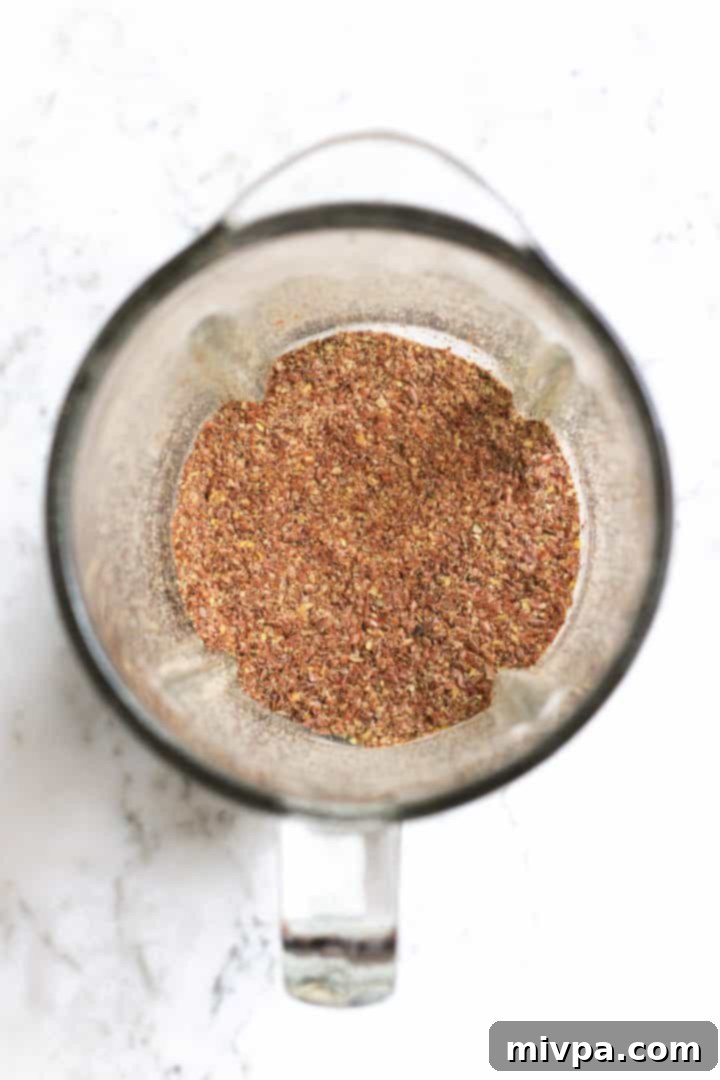
Today, we begin with one of the most common and effective egg replacers: the flax egg. In recipes, eggs perform several critical functions: they act as a structure builder, a foaming agent, and an emulsifier. While no single food item can perfectly replicate all these functions of an egg, the flax egg stands out as one of the most versatile and reliable substitutes. For a deeper dive into the science behind flax eggs, I highly recommend this super detailed post on flax eggs by Vegan Baking, which truly explains the scientific principles at play.
Why Choose Flax Eggs? The Science Behind the Gel
Making a flax egg is remarkably simple, requiring only two ingredients: flaxseed meal (ground flax seeds) and water. When flaxseed meal is combined with water, it absorbs the liquid and forms a mucilaginous, gel-like substance. This “mucilage” is what gives flax eggs their binding properties, making them an excellent substitute for eggs in many recipes, particularly those that rely on eggs primarily for their binding capabilities rather than leavening or structure.
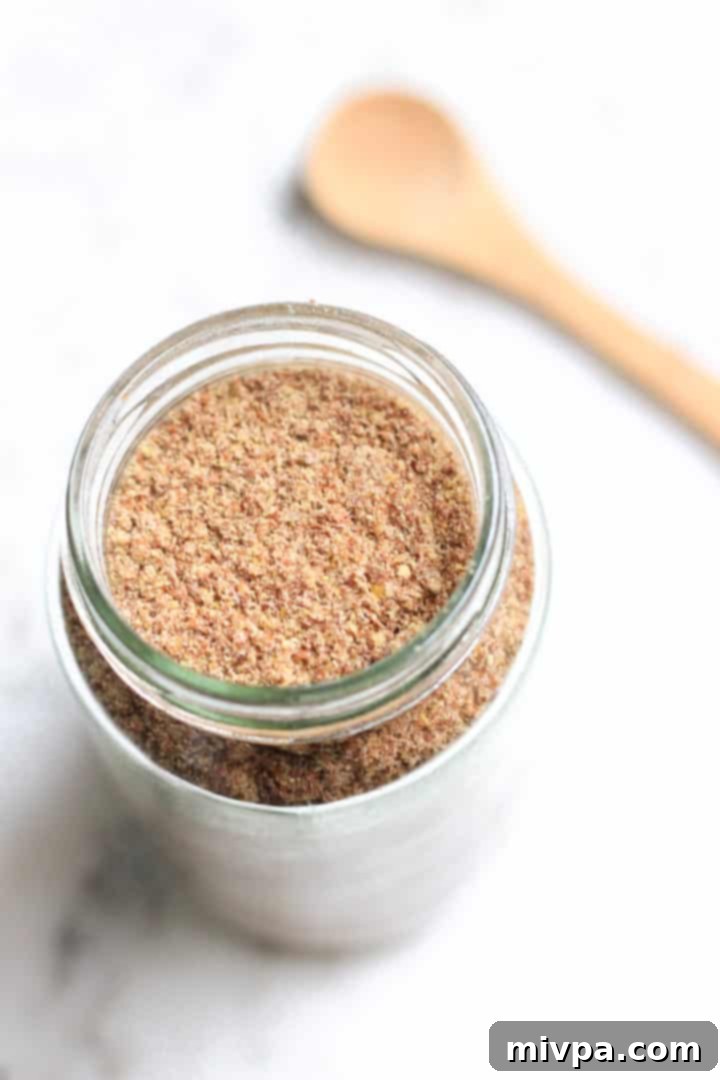
A general rule of thumb for success with flax eggs is that the fewer eggs a recipe calls for, the higher the chance of a successful substitution. For recipes requiring one to three eggs, a flax egg typically works wonderfully as a binder. However, for recipes that call for more than three eggs, or those where eggs are crucial for structure (like meringues or soufflés) or significant leavening, flax eggs may not yield the desired results, and alternative replacers or combinations might be necessary.
The Importance of Freshly Ground Flaxseeds
While store-bought flaxseed meal offers convenience, it is generally recommended to grind your own whole flax seeds just before use. This recommendation stems from the fact that flax seeds are rich in delicate oils, particularly omega-3 fatty acids, which are highly perishable. Upon exposure to oxygen, these oils oxidize rapidly, leading to rancidity. Rancid flaxseed meal not only develops an unpleasant, linseed oil-like flavor but can also diminish its beneficial nutrients and potentially become toxic.
But don’t let that deter you! Grinding flax seeds at home is incredibly quick and easy.
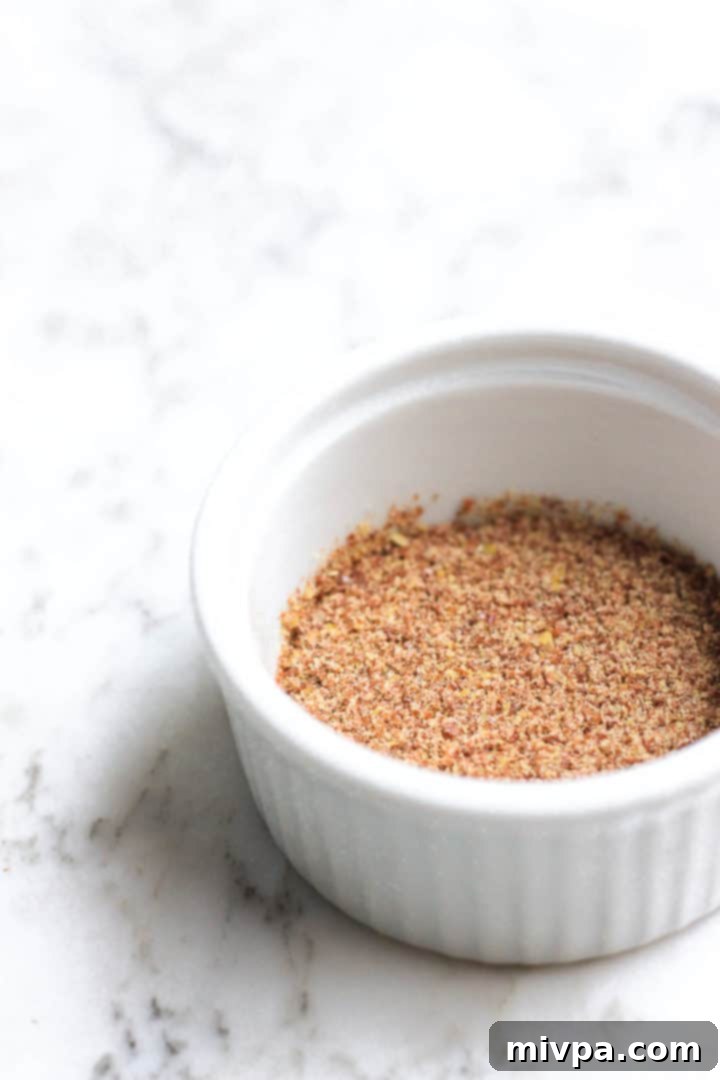
If you own a coffee grinder or an electric blender (which most kitchens do), grinding whole flax seeds adds only a few extra seconds to your preparation time. Simply place the whole flax seeds into your blender or grinder and process until you achieve a fine, flour-like meal, usually within about 15 seconds. For this demonstration, I’m using brown flax seeds because that’s what I had readily available. However, you can certainly use golden flaxseeds if you prefer a lighter color for your baked goods; the taste remains consistent regardless of the color.
Step-by-Step: How to Make a Perfect Flax Egg
The process is straightforward: for every “flax egg” you need (which replaces one chicken egg), combine one tablespoon of flaxseed meal with three tablespoons of water. Stir the mixture thoroughly to ensure the flaxseed meal is fully hydrated. Then, crucial for its gelling properties, place the mixture in the refrigerator for at least 15 minutes. During this chilling period, the flaxseed meal absorbs the water and transforms into the desired gel-like egg substitute. It’s that simple!
Now that you know the basic technique, I encourage you to head to your kitchen and start experimenting with flax eggs in your favorite recipes. I’ll be doing the same, constantly testing new egg-free recipes and promise to share my tried-and-true discoveries with you very soon. Stay tuned for more allergen-friendly cooking tips and delicious ideas!
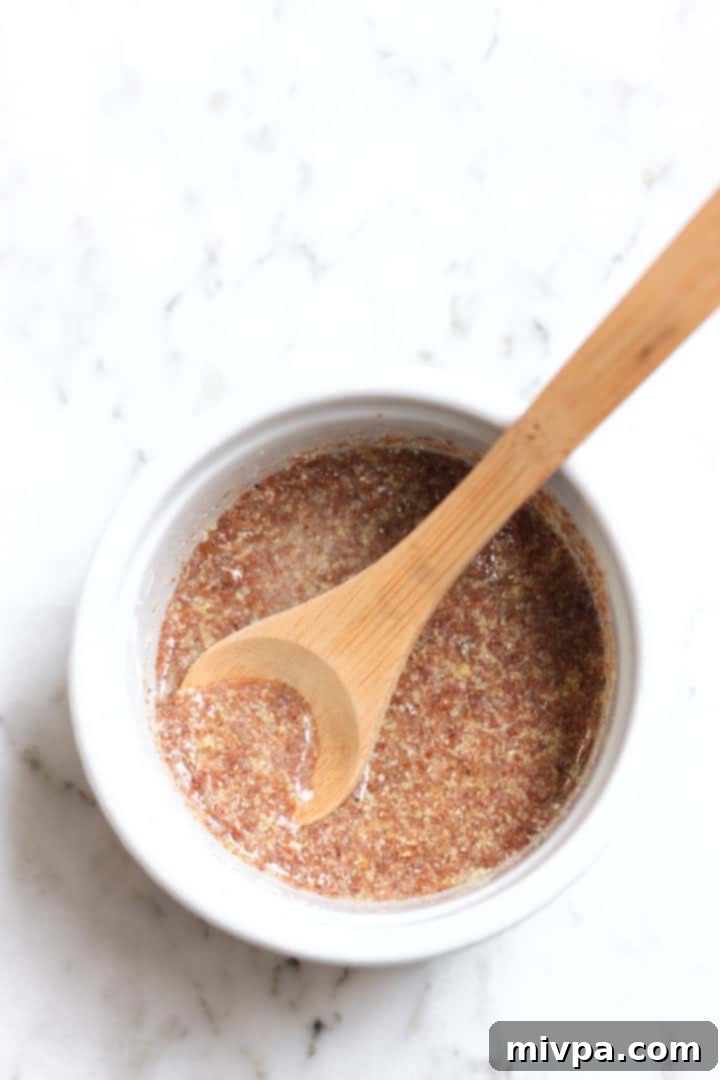
Flax Egg Recipe Card
Print
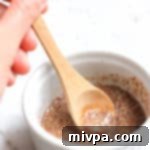
Flax Egg (Egg-replacer)
5 Stars 4 Stars 3 Stars 2 Stars 1 Star
No reviews
Author: felicia | Dish by Dish
Total Time: 15 mins
Yield: 1 flax egg
Description
Need to go egg-free because of an allergy or egg intolerance? Don’t worry. Here’s how you replace eggs in baked goods: make a flax egg in a matter of minutes!
Ingredients
Scale
- 1 tablespoon ground flax seeds (flaxseed meal)
- 3 tablespoons water
Instructions
- In a small bowl, combine ground flax seeds (flaxseed meal) with water, and mix well to combine.
- Place mixture to chill in the refrigerator for 15 minutes and it will form a gel-like egg substitute.
- Use in baked goods to replace eggs (this recipe is for one flax egg, which replaces one egg).
- Prep Time: 15 mins
- Category: Egg Replacer
- Cuisine: Egg-free
